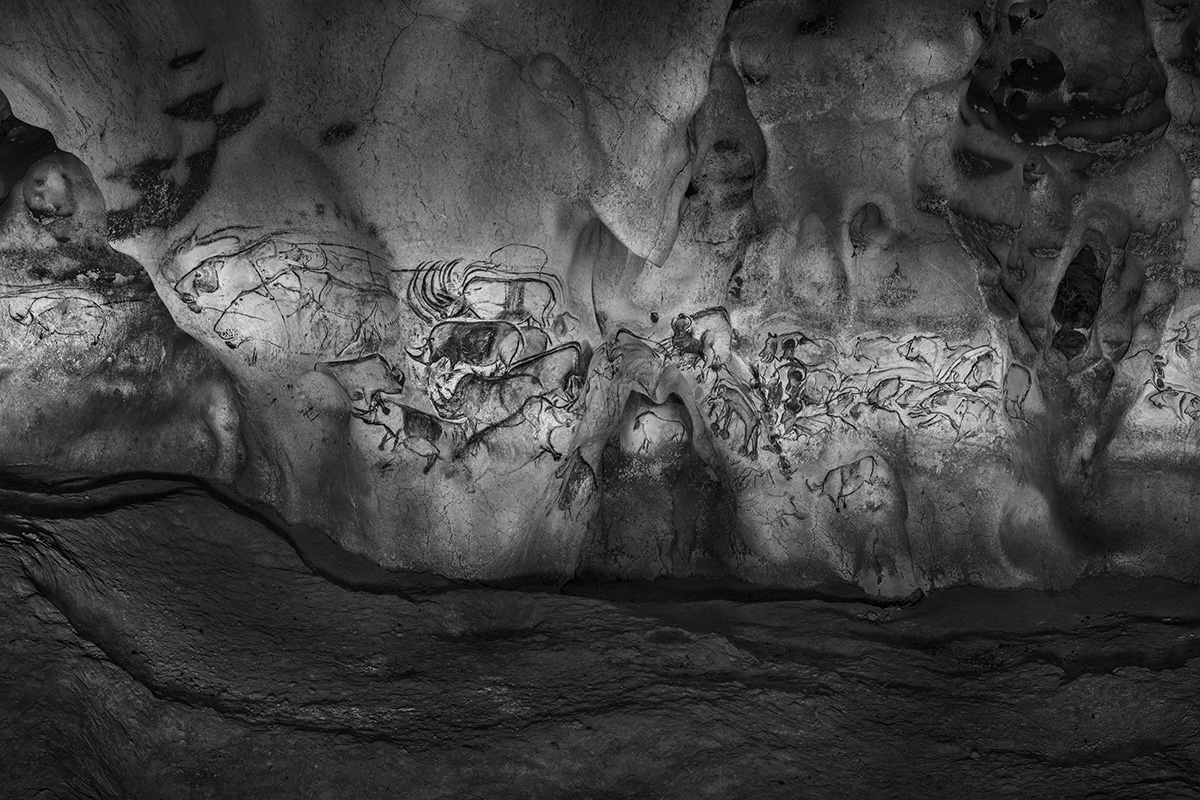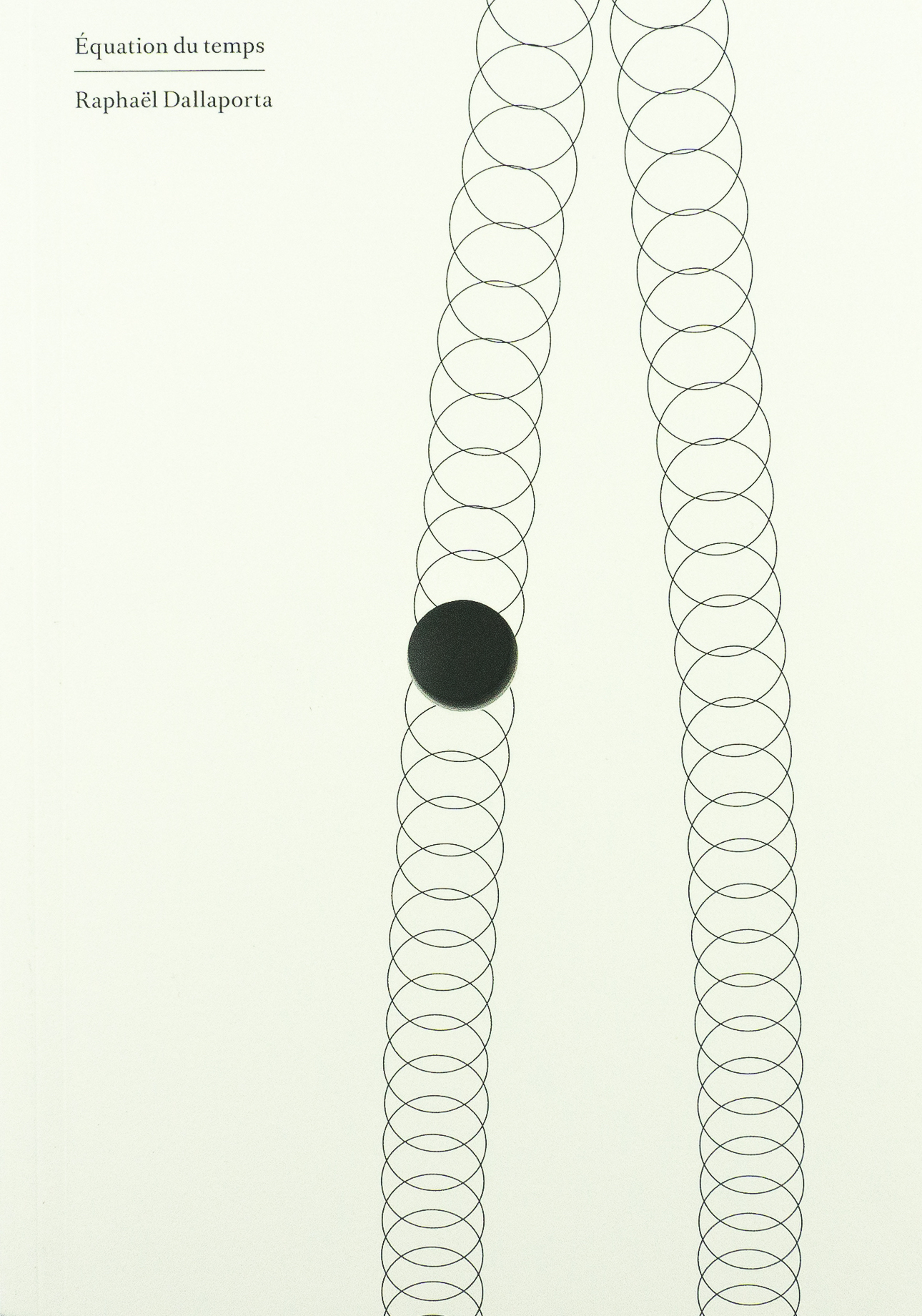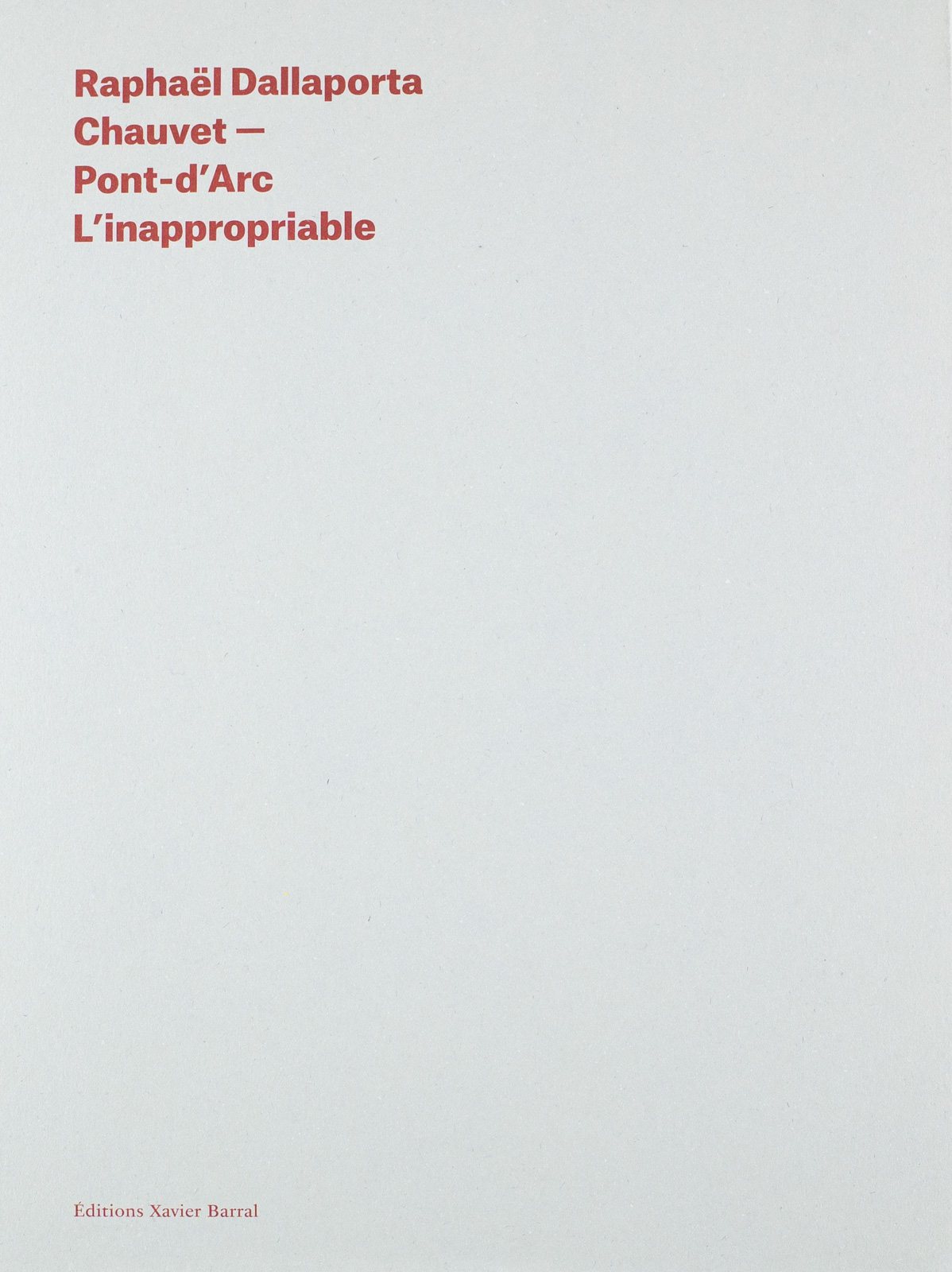Gallery news

Chauvet Cave-timeless
A film by RaphaŽl Dallaporta
The planetarium of the Citť des Sciences et de l?Industrie is presenting The Chauvet Cave-Timeless, a film directed by RaphaŽl Dallaporta. The screening is part of the programming accompanying the exhibition†Chauvet Cave, the Scientific Adventure, which visitors can also discover at the Citť des sciences et de l'industrie. This original work offers a contemplative and contemporary perspective on this archaeological treasure, nearly 36,000 years old.
Although access to the cave is strictly limited to scientists, the artist was granted one of the rare exceptions by the Ministry of Culture to capture photographic panoramas. Alongside the teams from the digital creation company†on-situ, RaphaŽl Dallaporta devised an automated photography protocol that respected the integrity of the site during his descent in 2015. By projecting these panoramas onto the planetarium?s dome in 360į and 8K resolution, the artist recreates the intensity of this historically rich site. Beyond its archaeological significance, this film offers viewers the privilege of an immersive and dizzying exploration through a unique sensory experience. The narration, co-written with Rťmi Labrusse and voiced by Barbara Carlotti, personifies the cave and provides insight into astonishing images that combine rock formations sculpted by water infiltration with ancient wall paintings.
By subtly playing with light to disorient the viewer, this hypnotic work blurs the boundaries of space and time, inviting the audience to perceive temporality in a new way.
__________
La Grotte Chauvet - hors du temps
A film by RaphaŽl Dallaporta
Script: RaphaŽl Dallaporta and Rťmi Labrusse
Voices: Barbara Carlotti, Vincent Jean-Victor
Original musical composition: Marihiko Hara
Sound design: Yellow Cab
Visual production: On-Situ
30 minutes, full-dome 8K
Film screened at 4pm Tuesday to Friday, 4pm and 5pm Saturday and Sunday. More informartion.


